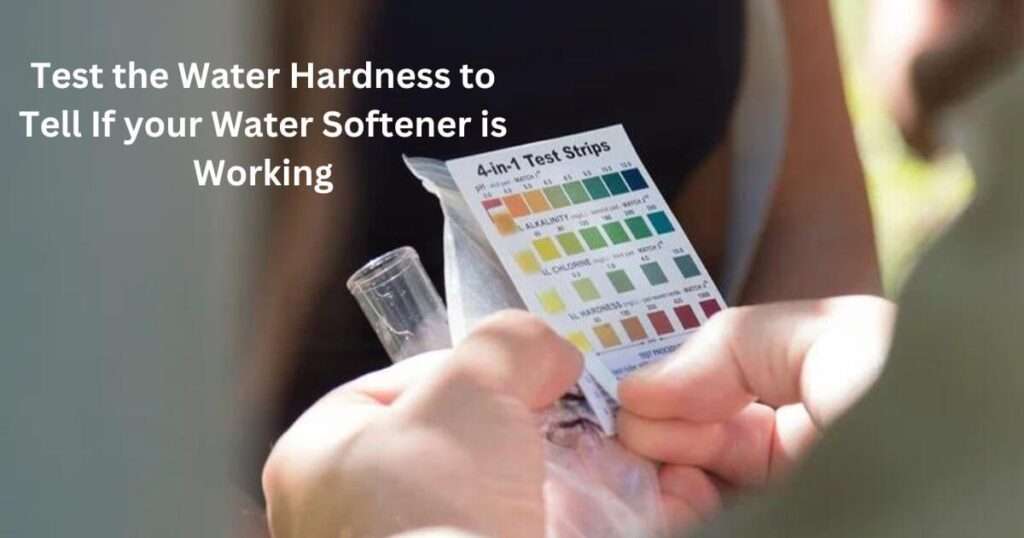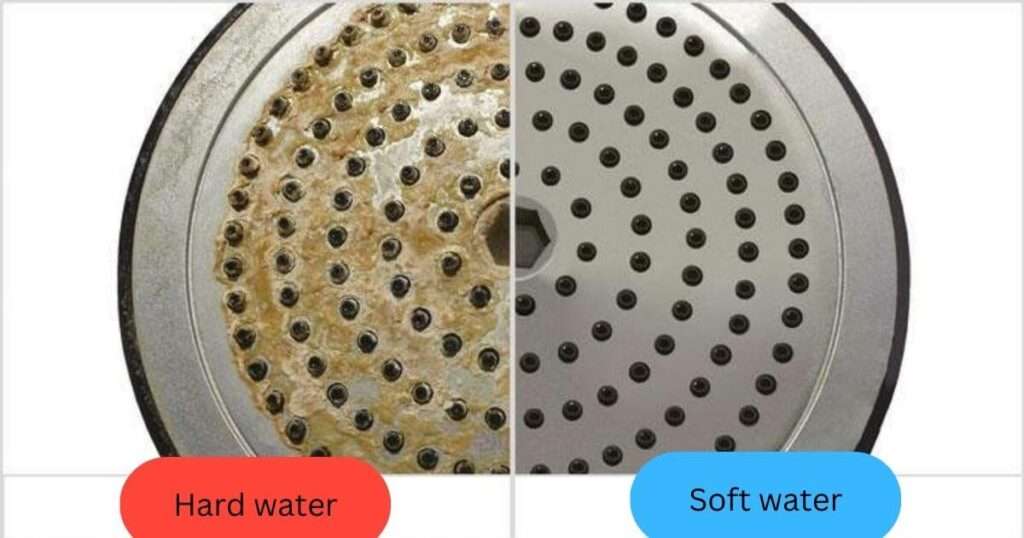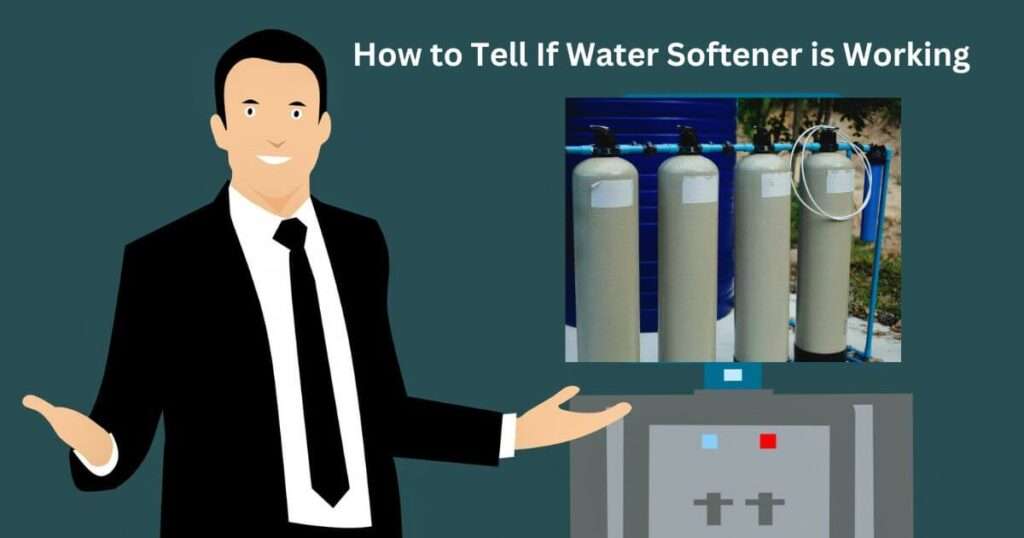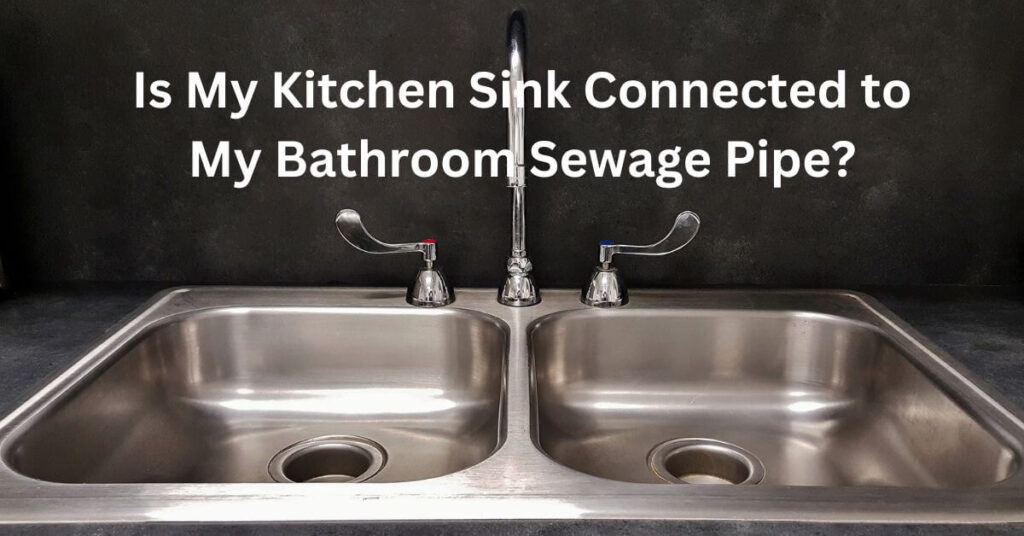A water softener is crucial for homes worried about water quality, limescale buildup, and the effects of hard water. But how do you know if your water softener is working?
When it comes to water softeners, the absence of visible signs of trouble may not guarantee that they function correctly. This article will guide you through some easy steps to check if your installed water softener is working as intended.
How Do You Know If Your Water Softener is Working
Unfortunately, if your water softener is not working as it should, the signs will be clear, and the consequences of hard water will begin to reappear. Here are the signs to watch out for when your water softener is not functioning properly:
Test the Water Hardness

One of the most definitive ways to see if your water softener is doing its job is to test the water hardness. Hard water contains high amounts of calcium and magnesium, making it difficult for soap to lather. A softener should reduce these mineral levels below what’s considered hard.
You can purchase inexpensive water hardness test kits from home improvement stores. Simply collect a water sample, add the provided solution, and match the color change to the included hardness scale. A reading above 150 ppm indicates hard water, while below 75 ppm is considered soft.
Unsoftened water should read over the indicated hardness level, while softened water should be below it. Test the incoming water and water after it passes through the softener for comparison.
RELATED: Does a Water Softener Remove Iron
Check the Regeneration Schedule
All water softeners need to regenerate periodically using salt to recharge the resin beads inside and remove hard minerals. During regeneration, the softened water may contain traces of brine or salt for a period. Check that your softener is regenerating at its scheduled interval, usually every few days, depending on water usage.
Look at the control panel display or timer settings to see when the last regeneration occurred. You can often hear or smell brine being dispensed if regeneration happens while you’re home. Consistent regeneration ensures the resin beads stay charged to keep water soft.
See How Soap Performs
Hard water interferes with cleaning power by leaving soap scum, spots, and film. With soft water from a functioning water softener, soap should lather up nicely and rinse away completely without any residue.
Test how dish soap, shampoo, or laundry detergent performs when used with your water. It should create rich, fluffy suds easily and clean thoroughly without lingering spots or signs of hard water. If products still aren’t rinsing cleanly, it’s a hint that your softener may need attention.
Inspect Plumbing and Appliances

Calcium and magnesium will deposit onto any surface they contact over time as hard water is used. A properly operating water softener should help prevent mineral buildup in pipes, fixtures, water heaters, and more.
Check around your home for signs of scaling. Pipes carrying softened water should remain scale-free, while scaling may reappear in areas upstream of the softener, like external hose bibs. Appliances like dishwashers and washing machines should also stay cleaner and operate more efficiently when fed softened inlet water.
Test the Resin Bed
The heart of any water softener is the resin bed, which contains beads coated with sodium ions that exchange for hardness ions. Over time, the beads’ capacity reduces, and they need replacement.
You can check the resin’s ability to remove hardness by performing a simple paper test. Collect some softened water in a clear container and add a drop of paper saturated with silver nitrate.
The absence of any clouding or precipitate after 30 seconds means the resin is still working effectively. Cloudiness indicates it may need replacement soon.
Listen For Proper Operation Sounds
Tune your ears to the softener when it goes through a regeneration cycle. You should hear water flowing and resin beads moving around inside the tank. Listen for unusual sounds like loud vibrations, strange noises, or an intermittent flow.
Proper functioning units operate quietly without abnormal noises during all cycles. A lack of expected operational sounds could mean an issue inside the control valve or distribution system.
Check For Salty Residual Taste or Smell
While softened water still contains trace amounts of salt from the regeneration process, it generally shouldn’t have a noticeable salty taste or smell. If you detect strong saltiness even days after regeneration, it could mean the brine draw and rinse cycle isn’t completing properly to flush residual salt from the media tank. A salty taste may also occur if too much salt is being used during recharges.
READ ALSO: Does a Water Softener Remove Chlorine?
Troubleshooting Common Issues
Here are some common issues homeowners may encounter with their water softeners and potential solutions:
Hard Water After Regeneration
- Check that the bypass valve is in “service” position
- Resin beds may be exhausted – schedule professional cleaning
- Program timer error – replace or reset
Water Pressure Loss
- The media bed is packed with sediment – clean filter and flush system
- Damaged/clogged injector assembly – replace injector or check for debris
Resin Leaks During Regeneration
- Damaged/worn control valve or brine valve seals – replace O-rings
- Loose bolts holding valve assembly – tighten securely
Resin Flow Issues
- Kinked or crushed tubing – inspect for kinks and replace tubing if needed
- Scaling inside control valve – clean or replace valve assembly
Poor Regeneration Frequency
- Low water pressure – inspect lines for constraints or debris buildup
- Program timer depleted – replace timer according to manufacturer
Excessive Salt Usage
- Brine refill setting too high – adjust refill control per owner’s manual
- Injector clogged or worn – clean or replace injector assembly
These issues can usually be resolved through simple repairs or replacement of worn parts. Contact a local plumber or water treatment specialist if problems persist after troubleshooting. Early attention helps avoid extensive repairs from long-term hard water damage within plumbing systems.
And Thats How You Tell If Your Water Softener is Working
Your water softener is a workhorse that silently contributes to the comfort and maintenance of your home. Knowing how to recognize if it’s operating at full capacity is crucial.
Regular testing, maintenance, and understanding the signs of a working and malfunctioning water softener are key to securing the benefits of soft water for your home and family.



